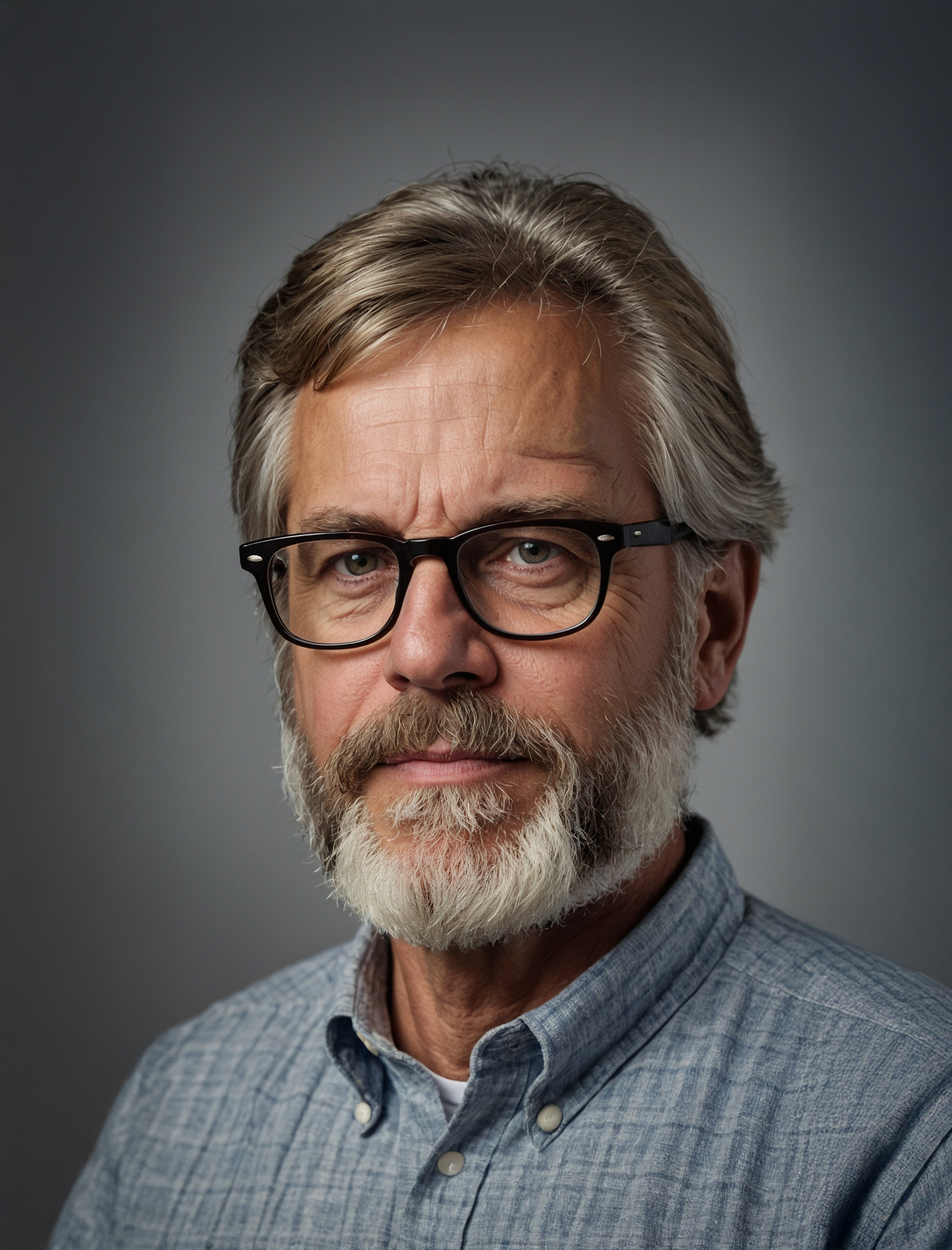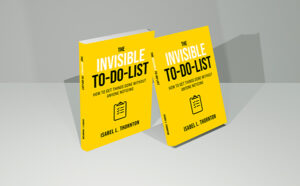Autistic burnout often feels isolating—but it doesn’t have to be. In my book, Embracing Self-Care for Autistic Burnout: Self-Care for Autistic Burnout & Sensory Overload, I highlight the real-life experiences of three courageous individuals—Emma, Mark, and Sarah—who each faced autistic burnout in different stages of life. Their stories are not only eye-opening but deeply validating for anyone who has felt the invisible weight of burnout and wondered, “Is it just me?”
In this post, I want to introduce you to these three people and share why their stories matter—for autistic individuals, caregivers, educators, and anyone seeking to understand neurodivergent experiences more fully.
📘 Get the full book on Amazon to read their complete journeys and recovery strategies.
Why Stories Matter
Facts and clinical descriptions can explain what autistic burnout is—but it’s through lived experiences that we truly begin to understand the how and why. Stories allow us to connect emotionally, to recognize ourselves in others, and to feel less alone. For many readers, the reflections of Emma, Mark, and Sarah are the first time they’ve seen their struggles articulated with clarity and compassion.
Meet Emma: The Overachieving Student Who Crashed
Emma is a bright, perfectionistic high school student who masked so thoroughly that even her closest friends didn’t know she was autistic. Driven to excel in every subject, Emma maintained top grades, extracurricular activities, and a polished persona. But internally, she was unraveling.
She describes her experience of burnout as “slipping underwater, but no one could see I was drowning.”
Her burnout reached its peak after a year of exam stress, social masking, and complete sensory overload at school. Emma began experiencing panic attacks, lost the ability to speak during high-stress moments, and became emotionally numb. Her teachers thought she was being dramatic. Her parents thought she needed to push harder.
What saved Emma was a shift in understanding. With support from a neurodivergent therapist and accommodations in school (including a quiet space and reduced sensory input), she slowly began to rebuild her strength. One key turning point was learning she didn’t need to earn rest—she deserved it.
In her own words:
“I thought I had to be perfect to be accepted. Now, I know I just have to be me.”
Meet Mark: The Burned-Out Professional Hiding in Plain Sight
Mark, a 32-year-old software engineer, went undiagnosed until his late twenties. From the outside, he was a model employee: punctual, technically gifted, and quiet. But underneath that professional mask was a man pushed beyond his limits.
Daily office noise, team-building exercises, and frequent performance reviews drained Mark completely. He masked his discomfort until one day, his body shut down—he couldn’t get out of bed. He was eventually signed off work with “stress-related illness,” but no one around him recognized what was actually happening: autistic burnout.
After finally receiving an autism diagnosis, Mark began reevaluating his life. With time, he transitioned to remote work, reduced non-essential social obligations, and began practicing sensory-aware self-care. He also learned to speak up and advocate for himself without shame.
One of Mark’s most powerful realizations?
“I spent so long trying to fit into systems not built for me. Now I’m building systems that fit me.”
His story illustrates the importance of diagnosis, workplace accommodations, and the courage to reclaim your well-being—even if that means stepping away from conventional success models.
Meet Sarah: The Caregiver Who Forgot Herself
Sarah is a full-time mother of two, one of whom is also on the autism spectrum. Diagnosed in adulthood, she spent years prioritizing everyone else’s needs while neglecting her own sensory and emotional limits.
She often described feeling “numb and robotic,” cycling through daily routines with no energy, no joy, and no capacity left for herself. Her burnout was compounded by the dual pressure of caregiving and masking during social interactions.
When Sarah discovered the concept of autistic burnout, she cried. For the first time, she felt seen. She started therapy, delegated more responsibilities at home, and incorporated sensory regulation tools into her day—like noise-canceling headphones and weighted blankets.
“I finally understood that burnout wasn’t my fault. I just needed permission to stop pretending I was okay.”
Sarah’s story speaks to many late-diagnosed autistic women, particularly those juggling motherhood and expectations of constant self-sacrifice.
Shared Themes: What Emma, Mark, and Sarah Teach Us
Though their lives are vastly different, these three individuals have much in common:
- All masked for years before reaching a breaking point.
- All were misunderstood by the systems meant to support them.
- All began to heal when they embraced self-care and dropped the expectation of conformity.
They also remind us of an essential truth: recovery from autistic burnout is possible—but only when we listen, validate, and make space for authenticity.
Why I Wrote Their Stories
As I was writing Embracing Self-Care for Autistic Burnout, I knew it couldn’t be just another guide full of clinical facts. I wanted readers to hear real voices, to connect with human experiences that reflect the messy, painful, and beautiful reality of living as an autistic person in a demanding world.
Emma, Mark, and Sarah are composite characters based on real-life experiences, anonymized and adapted for privacy—but their stories are deeply authentic. They show what happens when we validate autistic needs, prioritize rest, and design environments that respect neurodivergence.
📖 You can read their full stories and recovery strategies in the book
Final Thoughts
If you’ve seen yourself in Emma, Mark, or Sarah, know this: you’re not alone. Your exhaustion is real. Your needs are valid. And there is a way forward that doesn’t involve hiding, overextending, or pretending you’re someone you’re not.
Let these stories be a mirror, a guide, and a starting point. Healing begins with understanding—and it continues with compassion, boundaries, and sustainable care.
📘 Embracing Self-Care for Autistic Burnout is here to support that journey.
👉 Grab your copy now on Amazon
Author

Alan Saunders is recognized for producing books on Artificial Intelligence and digital wellness, where playful narratives and clear insights are featured. Guidance for concerned parents hoping to safeguard children in an ever-evolving digital world is often emphasized in his writing. Complex AI concepts and practical safety measures are presented in a manner that blends intrigue with accessibility, allowing readers to explore technology’s possibilities while maintaining peace of mind.





